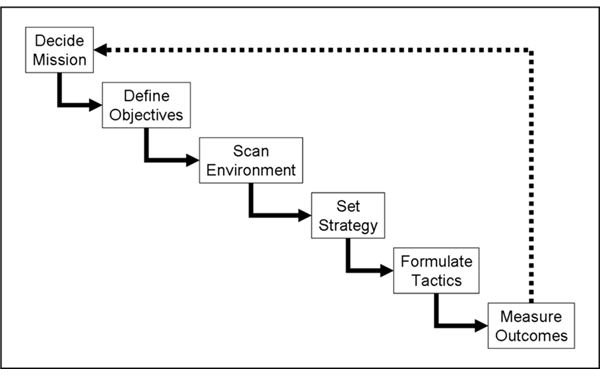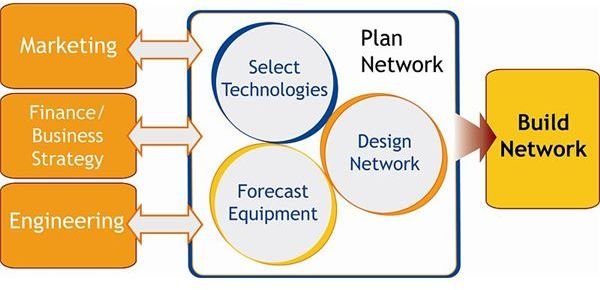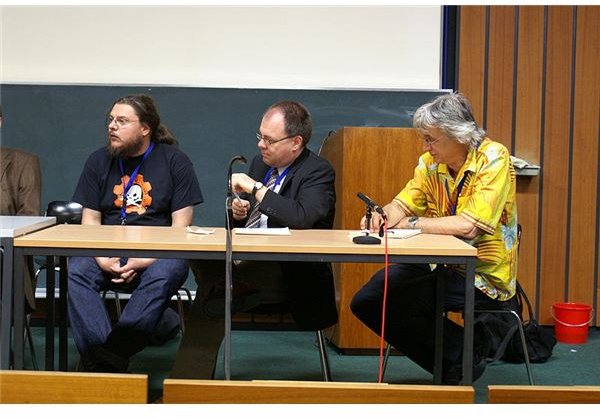Examples of Succession Planning Programs: Insights into Comprehensive Management Training
The Importance of Succession Planning in Reorganizing C-Suite Executives
A closer look at examples of great succession planning programs will help us understand why this management tool is lately being appreciated by companies in reorganizing C-suite executives. The latter is a collective term used for senior executives, as their titles all begin with the word “Chief.” In today’s business complexities, even top company executives have to put their egos aside and accept their severance packages to voluntarily give way to new sets of leaders.
Accordingly, the decisions for early retirement of C-suite executives have become ethically essential in cost-cutting strategies, due to the immensity of their compensation packages. Nonetheless the boldness of such decisions is made possible if the company has a pool of talented and well-trained individuals waiting at the wings. The Board can then act swiftly on its decisions for reorganization of senior executives, without the need to hold back until such time that selections and negotiations for outside talent have been completed.
This could pique the curiosity of business observers, including potential investors, into having a closer look at the management training initiatives implemented in grooming new leaders for the company. The following are examples of succession planning programs, designed to train and develop selected employees who manifest exceptional potentials in becoming future corporate leaders.
Individual Development Plans (IDP)

The IDP is the first step in any example of succession planning programs, since this is basically the employee’s career plan. This is a written plan of the candidate’s competencies, his career goals, and the development programs he will undergo in order to bridge any gap between competencies and the realization of goals. There is a time frame indicated by which all advancement activities should be completed.
However, the improvement programs mapped out are subject to modifications, at times adding curriculum for competencies, or assuming new work assignments or integrating any unplanned events needed to hasten the completion, even before the target dates. All these entail hard work to which the candidate should be committed.
The following are examples of developmental activities, included as part of the individual development program under a succession planning system:
-
The management-trainee will be given assignments as a member of a process action team, or a working group or of a project; this will depend on the skills needing enhancements.
-
Related online courses or distance learning initiatives for advanced learning.
-
Reading requirements designed to improve management and leadership skills for which reflective white papers will be written.
-
Based on knowledge acquired, develop strategies and give formal presentations.
-
Volunteer to assume “lead responsibilities” in order to gain confidence and experience the feel of leading even a small unit.
-
Undergo job rotations and cross-trainings in all departments.
-
Attend management seminars, conferences, and workshops as part of the enrichment processes.
Internship Programs

Internship programs have become an integral part of a succession planning structure. There are several guiding factors that make an internship program for succession different from those that student interns undergo.
-
The employees being developed should be given real work, which denotes real problems to handle.
-
They should be given more opportunities to interact with senior executives during meetings and conference trainings.
-
Assign a mentor and an advocate. The former should come from the top management level but should not be in the same department to which a trainee is assigned. The objective is to have more freedom in voicing observations and ideas. The latter is usually someone at peer level, who will act as the trainee’s supporter and critic by acting as a third-party observer.
-
Encourage socializing and networking to become more visible within the company’s environs, even at the earliest stage.
Cross Training Programs

Cross-training an employee should not be confused with job rotations. Actually, this is the initial step taken to prepare the employee for job rotations. A trainee will be assigned to fill in for a day or two, to perform the work of an employee who is on sick leave. Usually this starts internally within a department.
Later, as he gets more adept in handling the overall aspect of a certain job, he will be assigned to fill posts for employees who are on vacation leave. The objective is to orient the candidate-trainee with other work aspects in preparation for tackling tasks beyond the confines of his department.
Job Rotations

Job rotations take longer and involve interdepartmental assumptions of other duties and responsibilities. Actually, job rotation is an internal control procedure to allow check and balance within a cash-sensitive business structure. As a tool for skills enhancement, job rotation allows the trainee-candidate to go through all phases of the company’s business operations.
As a tool for succession planning, this may even include hands-on experience in the production division. This will give the trainee a deeper understanding on how the company’s elemental needs can be met in relation to the capabilities of its human resources.
In a service-oriented organization, acquiring actual experience in providing services rendered to customers will likewise enhance the trainee’s entrepreneurial skills.
Assessments and Panel Interviews

The examples of succession planning programs will eventually enable a management candidate to assume the managerial positions outlined in his career plans. In between all this training, his work performance and quality of output will be constantly reviewed and evaluated. For this purpose, you can use a succession planning template to facilitate the documentation of each candidate’s training growth – find a free, downloadable template at Bright Hub’s Media Gallery.
In addition, the candidate would have to pass a panel interview conducted by a committee comprising senior executives before he proceeds to the next job position level. Expectations will be high, of course, inasmuch as the training and development are geared toward the C-suite levels.
As a summation, being selected as a management trainee under a succession planning structure is both a privilege and an honor, since it somehow ensures security of tenure. However, as a management trainee, one should also bear in mind that all these examples of succession planning programs entail hard work and are results oriented, in order to prove one’s worth for the honor that has been bestowed.
Note: Readers may find a related article entitled: Actual Examples of Succession Planning in Entrepreneurship for more insights.
Reference Materials and Image Credits:
References:
- The High Price of Executive Turnover and How to Manage It: Mar 13-Mar 19, 2006 2006 Publication: Orange County Business Journal By Hardesty, Karl –https://www.allbusiness.com/north-america/united-states-california-metro-areas/4073054-1.html
- Succession Planning - Published April 2008 - From Here to Internity -Agatha Gilmore https://www.talentmgt.com/includes/printcontent.php?aid=602
Image Credits:
- [Danny Brooks pushes boxes out of the office.jpg](https://commons.wikimedia.org/wiki/File:US_Navy_031113-N-9693M-004_Danny_Brooks_pushes_bo xes_out_of_the_office.jpg)
- [^quot,Back to Business^quot, seminar in Iowa.jpg](https://commons.wikimedia.org/wiki/File:FEMA_-_36615_-_%5Equot,Back_to_Business%5Equot,_s eminar_in_Iowa.jpg)
- Strategic-Planning-Cycle
- Employee performance
- Network Resource Planning, as well as its end results.
